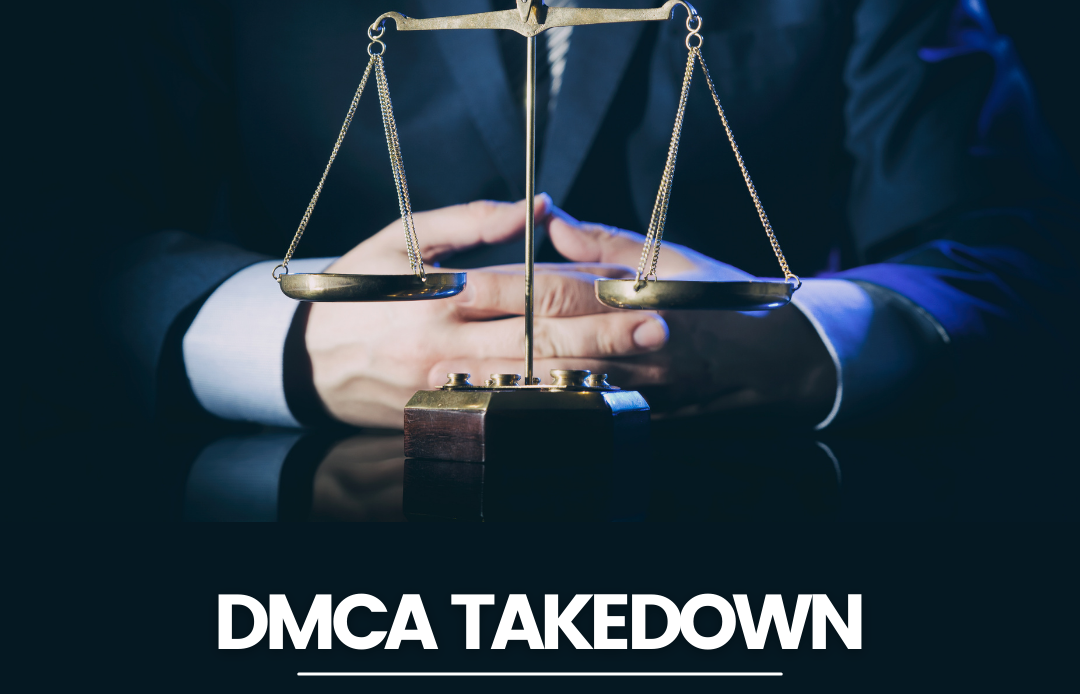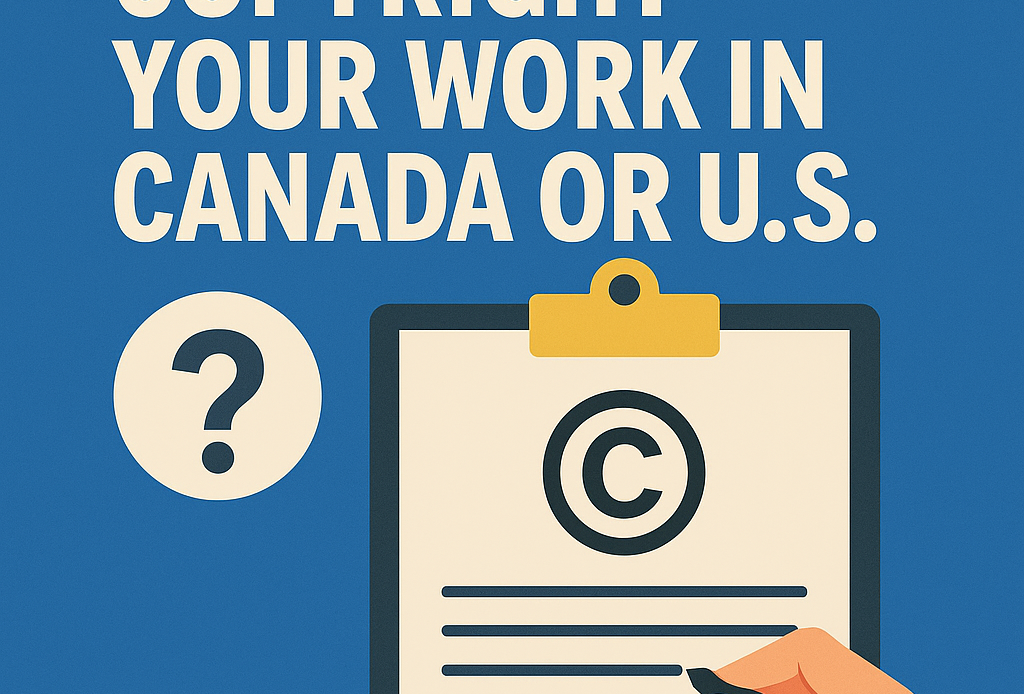Protecting your original creations—whether they are music, writing, art, video, or software—is crucial in today’s digital age. Whether you’re based in Canada or the U.S., the copyright process isn’t just about legal protection—it’s about ownership, control, and getting credit where it’s due.
In this comprehensive step-by-step guide, we’ll walk you through how to copyright your work in Canada and the U.S., including online filing tips, timelines, and crucial mistakes to avoid.

What Is Copyright?
Copyright is the legal right granted to the creator of original work to reproduce, distribute, perform, or display their work. It arises automatically once a work is fixed in a tangible form—but formal registration provides additional legal benefits.
Why Register If Copyright Is Automatic?
Although copyright is automatically granted when you create something original, formal registration offers major advantages:
- Legal proof of ownership
- Easier enforcement in court
- Eligibility for statutory damages and legal fees (especially in the U.S.)
- Adds a visible record of your rights

Step-by-Step Guide to Copyright in Canada
Step 1: Confirm Your Work Qualifies
Your work must be original and fixed in a tangible form. Eligible works include:
- Written material (books, articles, blogs)
- Artworks (drawings, paintings, photography)
- Music and lyrics
- Software and code
- Films, videos, animations
- Websites and digital content
Step 2: Create an Account on the CIPO Website
Go to the Canadian Intellectual Property Office (CIPO) at https://www.ic.gc.ca/eic/site/cipointernet-internetopic.nsf/eng/home
- Register for a GCKey or Sign-In Partner
- Log in to the CIPO Copyright e-service
Step 3: Complete the Application
You’ll need to input:
- Title of your work
- Type of work (literary, artistic, dramatic, musical, etc.)
- Name of the author/creator
- Year of creation
- Whether it was published or not
Step 4: Pay the Fee
As of 2025, the online filing fee is $50 CAD.
Step 5: Save Your Certificate
Once approved, you’ll receive a certificate of registration. Save a digital and printed copy for your records.
Step-by-Step Guide to Copyright in the United States
Step 1: Go to the U.S. Copyright Office
Visit the U.S. Copyright Office at https://copyright.gov/
Step 2: Create an eCO Account
Sign up for the Electronic Copyright Office (eCO) online filing system.
Step 3: Start Your Application
You’ll fill in details like:
- Type of work (literary, musical, visual arts, etc.)
- Title and description
- Author and claimant information
- Year of creation and publication
Step 4: Upload Your Work
You must upload a digital copy (PDF, MP3, JPEG, etc.) or mail a hard copy for some types of work.
Step 5: Pay the Filing Fee
As of 2025, fees are:
- $45 USD for a single author, single work
- $65 USD for standard applications
- Higher for group submissions or special formats
Step 6: Wait for Approval
The timeline varies:
- Online applications: 3–8 months
- Paper applications: Up to 16 months
Once approved, you’ll get a registration certificate by mail.
Pro Tips for Both Canada and U.S.
- Register early: Especially if you’re releasing your work publicly soon.
- Keep drafts and time-stamped versions of your work in cloud storage.
- Consider adding a copyright notice on your work, like: © 2025 VMVASS. All Rights Reserved.
Do I Need a Lawyer?
For most individual creators, the process is simple enough to handle yourself. However, a lawyer is helpful if:
- You’re submitting joint works or derivative content
- You’re dealing with complex licensing or commercial disputes
- You’re preparing to file an infringement claim
Costs Summary
| Country | Filing Fee | Processing Time | Official Website |
|---|---|---|---|
| Canada | $50 CAD | 1–4 weeks | CIPO |
| U.S. | $45–$65 USD | 3–8 months | USCO |
Common Mistakes to Avoid
- Thinking copyright = trademark: They protect different things.
- Not registering because it’s “automatic”: You miss out on legal strength.
- Submitting incomplete applications: Can lead to rejections and delays.
- Forgetting to register in both countries: Protect in all regions where you distribute.
How to Copyright Software, Websites, or Digital Products
Yes, you can copyright:
- Source code
- Web design & layout
- UX/UI graphics
- Online courses and e-books
For apps or SaaS tools, registration of code + associated creative works (like logos, manuals, and videos) is ideal.
International Copyright Protection
There is no global copyright certificate, but Canada and the U.S. are part of the Berne Convention, which means your work is automatically protected in 180+ countries once registered in either country.
If you’re planning to license or sell your work internationally, consult an IP lawyer for multi-jurisdictional protection.
Final Thoughts
Registering your copyright is smart, strategic, and often overlooked. Whether you’re a digital entrepreneur, artist, writer, or developer—this is your first line of legal defense in a world where content gets copied daily.
Frequently Asked Questions
What happens if someone steals my work and I didn’t register it?
You can still sue, but you may have a weaker case. Registered works carry presumptive legal proof of ownership, which courts favor.
Can I register multiple works at once?
Yes. In the U.S., you can submit a group registration for unpublished works or photo collections. In Canada, each work typically requires a separate application.
Should I copyright every blog post or design?
Not necessarily. Prioritize your most valuable, commercial, or evergreen work.
Do copyright laws protect ideas?
No. Only tangible expressions of ideas are protected—not the concepts themselves.
Need help with SEO or web protection for your brand?
Visit OttawaSEO.com — We don’t just rank websites. We protect them.


